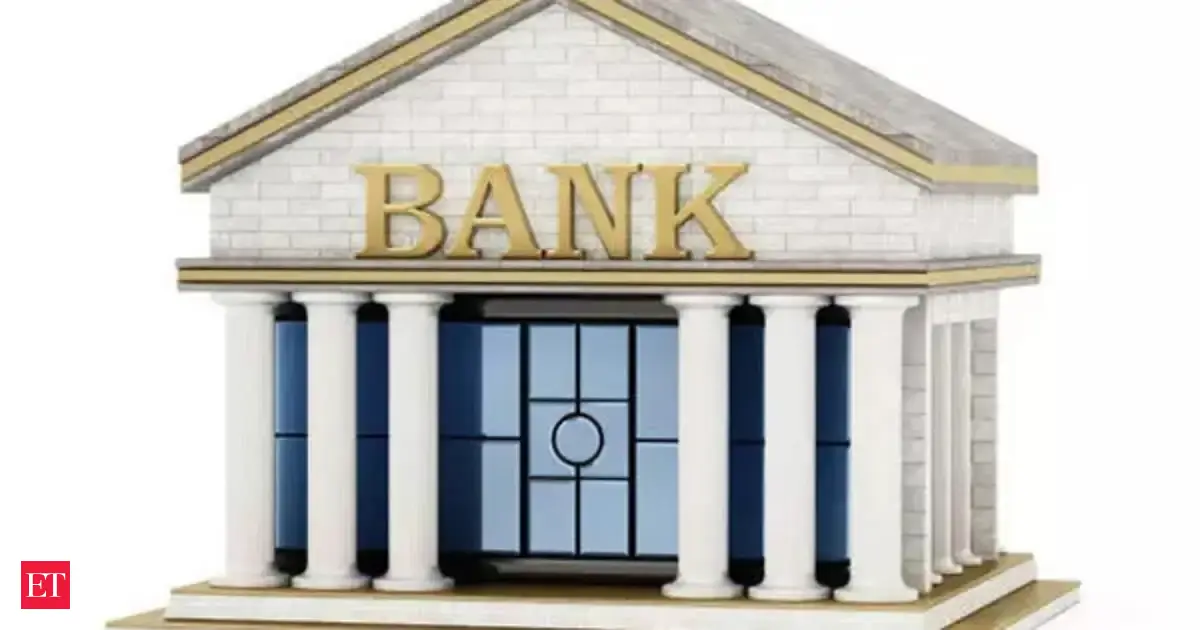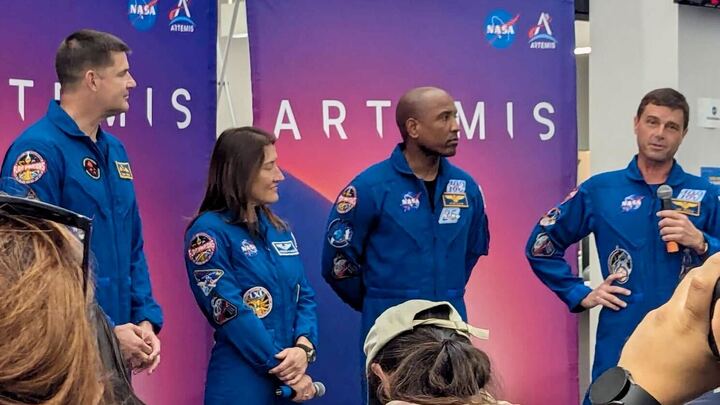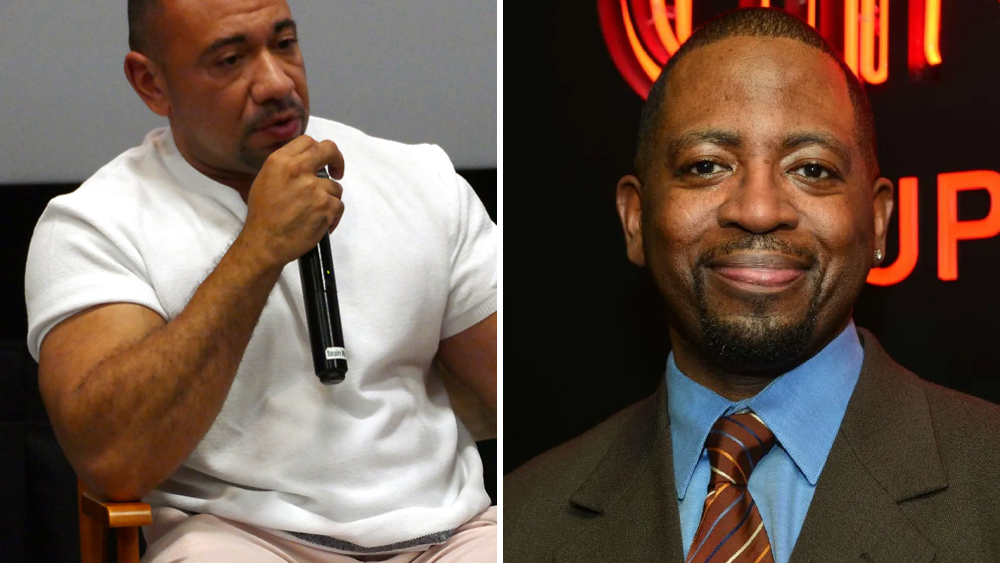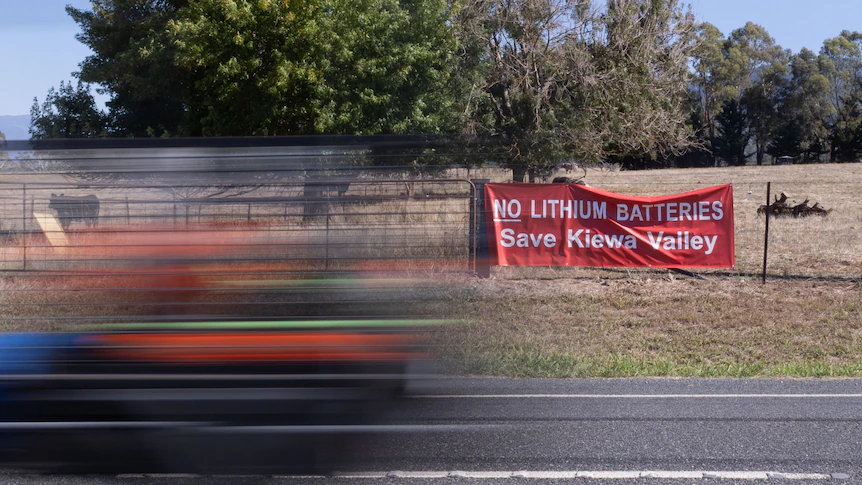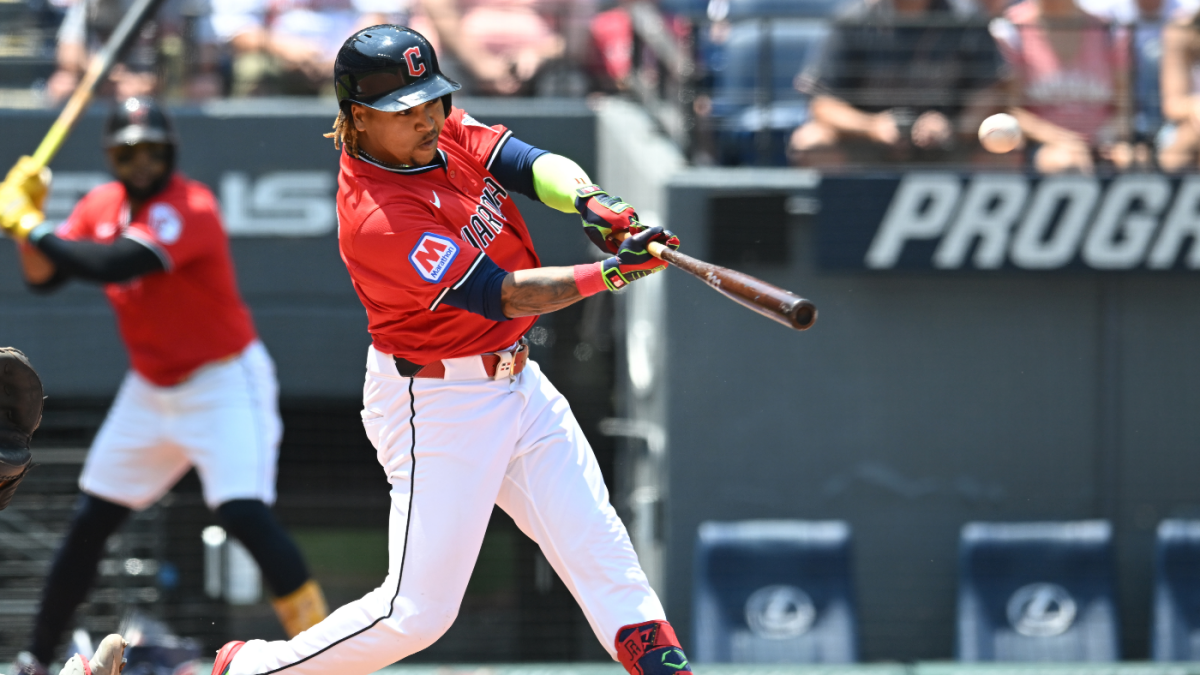
We’re continuing our “Toughest players to rank for 2026” series today with third base, and this is probably going to just be the hardest position to rank among hitters. You’ve got Jose Ramirez, a no-doubt-about-it first-rounder and one of the safest bets in Fantasy at any position.
Jazz Chisholm and Junior Caminero are going to be second-round picks, and Manny Machado will probably go off the board shortly after them amid another rock-solid season. After that? It’s chaos.
How many third basemen do I actually feel confident about as a starter for 2026? Right now, it’s definitely those four. After that, it’s a bunch of question marks. There’s plenty of upside at the position, obviously, but it’s shockingly light on sure things, with some of the biggest stars heading into free agency in their 30s and few other players with real track records to bet on.
I’ll cobble together my top-12 for the position the first weekend after the season ends, but for now, here are some extended thoughts on five of the toughest players to rank at third base. And, to be sure, this is not an exhaustive list.
Get a leg up on the competition by signing up for our Fantasy baseball newsletter today!
Eugenio Suarez, Mariners
On the whole, Suarez is having one of the best seasons of his career, with 46 homers, 86 runs, and 111 RBI to date. And that’s coming after he was one of the league’s most pleasant surprises last season, giving him consecutive top-five finishes among third basemen. So, let’s not overthink this: He’s a top-five third baseman for 2026, right?
It’s not nearly that straightforward, unfortunately. Suarez is a free agent who will turn 35 next summer, and both of those things matter – he’s right at the age where a sudden drop-off in performance would not at all be unexpected. As for the looming free agency, a change of scenery this deep into a player’s career is always risky, but the bigger risk for Suarez might be returning to Seattle. He’s spent two and a third seasons with the Mariners, and it arguably represents the nadir of his career as a hitter. The long and short of it is that Suarez just may not be able to hit in Seattle. Take a look at his career numbers at the three parks he has called home in his career:
Cincinnati (1,835 PA): .260/.347/.504, 33 HR per 150 games, 28% K rate
Arizona (615 PA): .278/.343/.585, 46 HR per 150 games, 26% K rate
Seattle (779 PA): .213/.316/.406, 26 HR per 150 games, 31% K rate
Seattle is a notoriously difficult place to hit, and some hitters just don’t see the ball well at T-Mobile Park. It’s just speculation, but it sure seems like Suarez is one of those hitters, so the optimal outcome probably sees him leave. And if, say, the Reds or Diamondbacks wanted to bring him back, I might just rank Suarez as a top-five third baseman in 2026. Even if he goes to a more neutral offensive environment, you could still make the case for him ahead of someone like Alex Bregman. But if he’s back in Seattle, there’s real risk of the bottom just completely falling out. We’ve already seen it twice.
Alex Bregman, Red Sox
Bregman was a perfect fit for Fenway Park, and through the end of May, he was living up to the loftiest expectations for him in his new home, hitting .299/.385/.553. Then he suffered a quad injury that cost him about six weeks, and since then, he just hasn’t been the same guy, hitting just .246/.326/.382 with an 18-homer, 71-RBI pace. And you can see it in the underlying numbers, as his expected wOBA has dropped to .326 since his return from the injury – still better than league average, but pretty underwhelming for a guy who no longer steals bases.
So, is this just because of the injury, or was Bregman playing over his head for the first two months? I’d like to believe it is because of the former, but it’s worth pointing out that his .326 xwOBA since the injury is right in line with his .319 mark from last season in Houston. Which is to say, this might just be who Bregman is now. That can still be a useful Fantasy option in the right ballpark and lineup, of course, and that’s where the next issue comes in, because Bregman has an option for 2026 and very well may exercise it to try to find a long-term commitment.
Bregman’s combination of elite plate discipline and a pull-heavy swing helps him overcome pretty middling quality of contact skills, but playing in Houston and Boston throughout his career has certainly helped mitigate his limitations. He was linked with the Tigers and Cubs in free agency last offseason before landing with the Red Sox, and neither would be especially good home parks for Bregman’s skill set. So, we not only have a player in his 30s with an iffy skill set, but he might be heading into a massive home park downgrade. If he returns to Boston (or Houston, I suppose), Bregman is right there with Suarez in the discussion for the No. 5 third baseman.
If he goes to Detroit? I’m not sure he’d be a top-10 option, even in the position’s weakened state.
Austin Riley, Braves
One bad season is just one bad season. Two in a row might be a trend. Riley followed up his disappointing 2024 with an even bigger step back in 2025, long before an abdominal injury (and subsequent surgery) derailed and ultimately ended his season. After hitting 38 and 37 homers in 2022 and 2023, he has just 35 combined in the past two seasons, and while his underlying numbers mostly held steady in 2024, that certainly wasn’t the case in 2025.
This time around, his strikeout rate jumped up to 28.6%, the highest since his rookie season. The quality of contact was mostly in line with where it has been in recent seasons, but that wasn’t enough to overcome the significantly worse plate discipline. And, while Riley isn’t exactly old, he’ll be 29 shortly after Opening Day, so you can’t just assume he’ll turn it around either. I’m still inclined to give him some benefit of the doubt that he can return to being a 30-homer guy, but there’s a big difference between an upper-30s homers bat with a .275 average and a 30-ish homer guy who hits .255.
That’s still useful, but it certainly isn’t a second-round talent like he used to be. Riley is probably still a top-eight third baseman, and could be as high as sixth depending on where Suarez and Bregman end up.
Jordan Westburg, Orioles
Westburg has had a disappointing season while also mostly living up to expectations. Okay, that’s not quite true – I thought there might be some legitimate stolen base upside (91st percentile sprint speed!) and he’s attempted just three steals all season. So, we whiffed on that one. But otherwise, Westburg has pretty much done everything we expected when on the field, putting together a 30-homer, 110-run pace in the 75 games he has played.
Is that all he can be? Well, it would be nice to see him get through a whole season without injury, so we could find out. He missed a bunch of time last season with a fractured hand and then dealt with multiple lingering hamstring and ankle issues this season. Did that prevent the breakout we were hoping for? Is that why he didn’t run as much as hoped despite near-elite sprint speed? Those are reasonable assumptions, but they are just assumptions. And nearly 1,000 plate appearances into his career, entering his age-27 season, we should probably just treat Westburg as if this is who he is. And that’s a useful, but not especially impactful player for Fantasy.
Colson Montgomery, White Sox
Here’s the problem for Montgomery: The power is real, but that’s pretty much all there is right now. Of his 48 hits in 62 games (yikes), 18 have been homers. That’s close to a 50-homer pace over a full season, and his 14.4% barrel rate (tied with Junior Caminero and a 90th percentile mark!) and high pulled-air rate make it easy to see him being a plus contributor in power.
But when you’re on a near 50-homer pace and have a sub-.800 OPS, there’s basically zero margin for error. He almost certainly isn’t actually a 45-homer guy, and he probably isn’t a 40-homer guy. Could Montgomery be a 30-35 homer guy? Yeah, that seems reasonable enough. But without significant improvement elsewhere, that’s not going to be enough to make him much more than a fringe option in Fantasy, given his 31% strikeout rate, massive swing-and-miss issues, and lack of speed.
Montgomery is still young enough to take a big step forward as an overall hitter, but given his mediocre numbers in the minors – including a .216 average across 236 games between Double-A and Triple-A – that just doesn’t seem like a bet I want to make.
And now here’s what you need to know from Thursday’s games around MLB:
Thursday’s standouts
Tarik Skubal, Tigers vs. CLE: 6 IP, 7 H, 1 ER, 2 BB, 9 K
After he left his previous start with side soreness, we just wanted to see Skubal look like himself. 22 whiffs later, yeah, he did. That’s a fantastic way to follow up an injury scare and confirms that Skubal is operating on a different plane than most other pitchers. He’ll be a first-round pick in 2026.
Max Fried, Yankees @BAL: 7 IP, 3 H, 0 ER, 1 BB, 13 K
Remember when Fried was struggling and we were worried about him? The 1.60 ERA over the past six starts and 2.92 ERA over the course of the entire season suggests you don’t. It’s hard to remember in the moment that even great players go through slumps, and Fried’s slump came right after he missed time with a blister, providing a ready-made excuse for his struggles. And it was always possible that slump would continue if the underlying issue wasn’t addressed. But betting on a pitcher like Fried with a long track record of success getting back on the right track is usually a good bet to make, and it certainly paid off this time. There were some adjustments he has made here and there – more changeups Thursday, which resulted in 10 of his unbelievable 28 whiffs – but the thing about Fried is his pitch mix often changes from one start to the next. The point here is to bet on the longer track record over the short-term fluctuations in production.
Hunter Greene, Reds vs. CHC: 9 IP, 1 H, 0 ER, 1 BB, 9 K
I went in depth on Greene’s 2026 value a couple of weeks ago when he struck out 12 in seven innings against the Mets, and I don’t have much to add here after his complete-game shutout against the Cubs. He is absolutely one of the best pitchers in baseball, a fact he has confirmed in 2025 following his breakout 2024. He has also essentially never shown the ability to make it through a full season healthy, so you’ll have to figure out what your personal level of risk tolerance is when assessing his 2026 value. I think the sheer upside makes him a viable top-12 SP, but not everyone is going to have the stomach for that pick.
Sandy Alcantara, Marlins @COL: 6.2 IP, 5 H, 3 ER, 2 BB, 8 K
It started and ended kind of rocky, but at Coors Field, you’ll take that. He largely ditched his sinker and battled some velocity issues, but was still terrific overall – though a generally overmatched Rockies lineup certainly helped. Alcantara has been a big disappointment overall, but he has a 2.70 ERA and 0.81 WHIP over the past seven starts and has generally looked like himself since the All-Star break. Ignore the ugly mid-5.00s ERA and bet on something around two runs better in 2026. If people are scared off by the overall numbers, buy whatever discount is available.
Tanner Bibee, Guardians @DET: 6 IP, 4 H, 1 ER, 2 BB, 8 K
Bibee is on a nice little run, with three straight quality starts and 21 strikeouts to three walks in 21.2 innings in that span. And the common denominator here is increased cutter usage, which was his best pitch Thursday, generating six of his 10 whiffs. Bibee has seemingly been searching for some kind of answer all season long, and ditching his sinker experiment for the cutter is the first thing that has really worked for him. It’s enough to at least get him back on Fantasy radars after a pretty miserable season, though I wouldn’t draft him in 2026 expecting anything other than an end-of-rotation option.
Jonah Tong, Mets vs. SD: 5 IP, 4 H, 0 ER, 0 BB, 8 K
Now this is more like it. Tong has struggled in his first taste of the majors, but he had the fastball working in this one, and that was really all he needed. He generated nine whiffs with the four-seamer despite his velocity being down a tick, and the Padres just couldn’t really do anything with it, even when they did make contact. There was some loud contact on the changeup and slider (which also combined for now whiffs), so he isn’t quite where you want him to be. But this was a hint of the kind of upside that made Tong arguably the best pitcher in the minors this season, and it’s a hint as to why Tong will be on many sleepers lists for 2026 (including my own).
Carson Williams, SS, Rays: 2 for 4 with a HR
Williams has mostly come as advertised in the majors so far. Unfortunately, that’s not a good thing, as his four homers in 24 games have not been enough to overcome extreme swing-and-miss issues we expected. He’s hitting .186/.230/.400, and while his skill set should be fantasy-friendly, he just hasn’t shown enough contact skills to make it work. If he’s in the Rays Opening Day lineup in 2026, he’ll still be just a late-round flier as a bench pick for Fantasy.
Colin Rea, Cubs @CIN: 7 IP, 4 H, 1 ER, 0 BB, 11 K
This was an incredible start … from a 35-year-old whose previous season-high for strikeouts was eight back in May. He’s a competent major-league starter, but he’s never been much more than competent, and I don’t think we need to spend much time trying to figure out what happened here or what it means moving forward. You probably don’t want to run the risk of streaming him against the Mets next week.
Stephen Kolek, Royals vs. SEA: 7.1 IP, 2 H, 1 ER, 1 BB, 8 K
